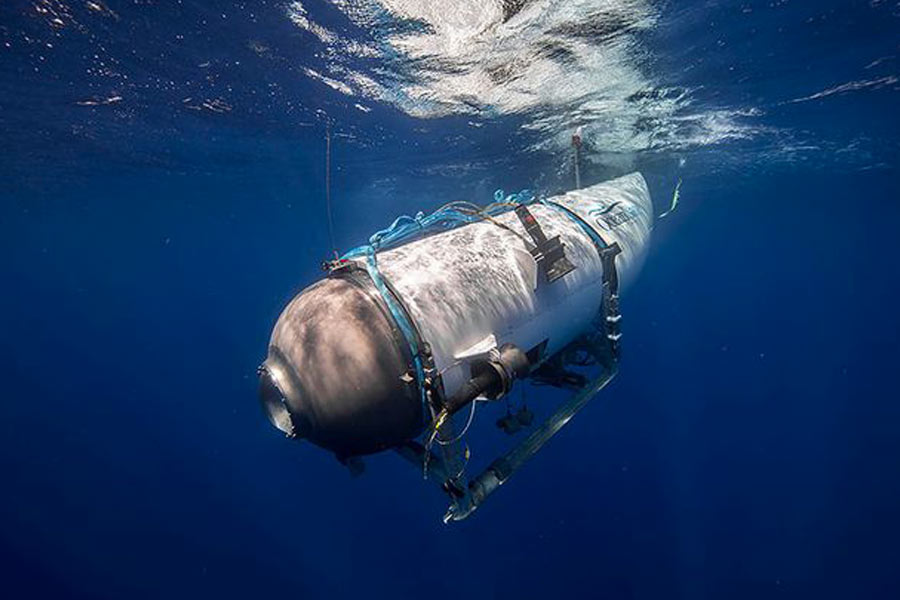“We’ve never had an accident like this,” James Cameron, the Oscar-winning director of Titanic, said on Thursday.
Cameron, an expert in submersibles, has dived dozens of times to the ship’s deteriorating hulk and once plunged in a tiny craft of his own design to the bottom of the planet’s deepest recess.
In an interview, Cameron called the presumed loss of five lives aboard the Titan submersible from the company OceanGate like nothing anyone involved in private ocean exploration had ever seen.
“There’ve never been fatalities at this kind of depth and certainly no implosions,” he said.
An implosion in the deep sea happens when the crushing pressures of the abyss cause a hollow object to collapse violently inward. If the object is big enough to hold five people, Cameron said in an interview, “it’s going to be an extremely violent event — like 10 cases of dynamite going off.”
In 2012, Cameron designed and piloted an experimental submersible into a region in the Pacific Ocean called the Challenger Deep. Cameron had not sought certification of the vessel’s safety by organisations in the maritime industry that provide such services to numerous companies.
“We did that knowingly” because the craft was experimental and its mission scientific, Cameron said. “I would never design a vehicle to take passengers and not have it certified.”
Cameron strongly criticised Stockton Rush, the OceanGate chief executive who piloted the submersible when it disappeared Sunday, for never getting his tourist submersible certified as safe. He noted that Rush called certification an impediment to innovation.
“I agree in principle,” Cameron said. “But you can’t take that stance when you’re putting paying customers into your submersible — when you have innocent guests who trust you and your statements” about vehicle safety.
As a design weakness in the Titan submersible and a possible cautionary sign to its passengers, Cameron cited its construction with carbon-fibre composites. The materials are used widely in the aerospace industry because they weigh much less than steel or aluminium, yet pound for pound is stronger and stiffer.
The problem, Cameron said, is that a carbon-fibre composite has “no strength in compression”.
New York Times News Service











